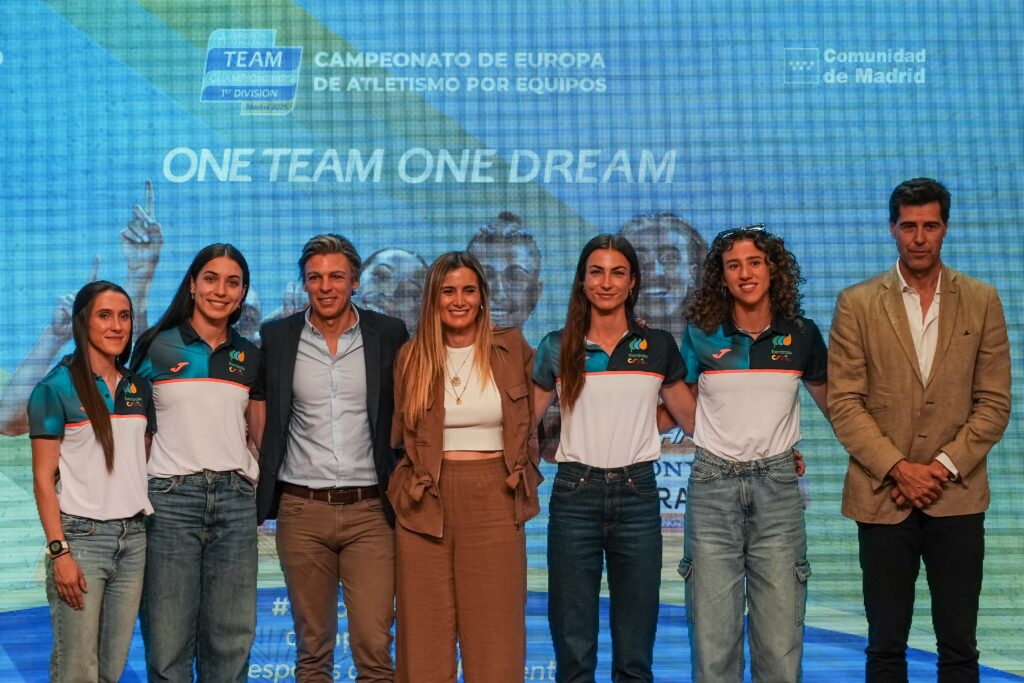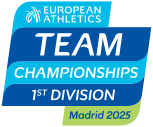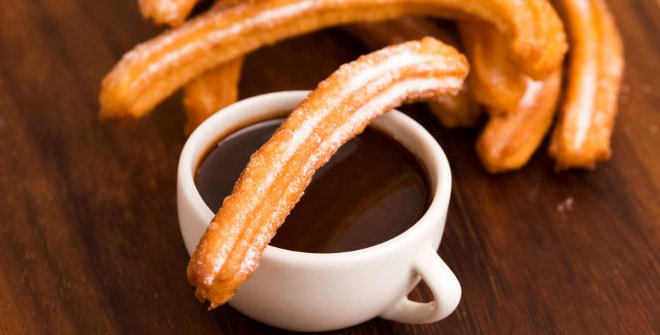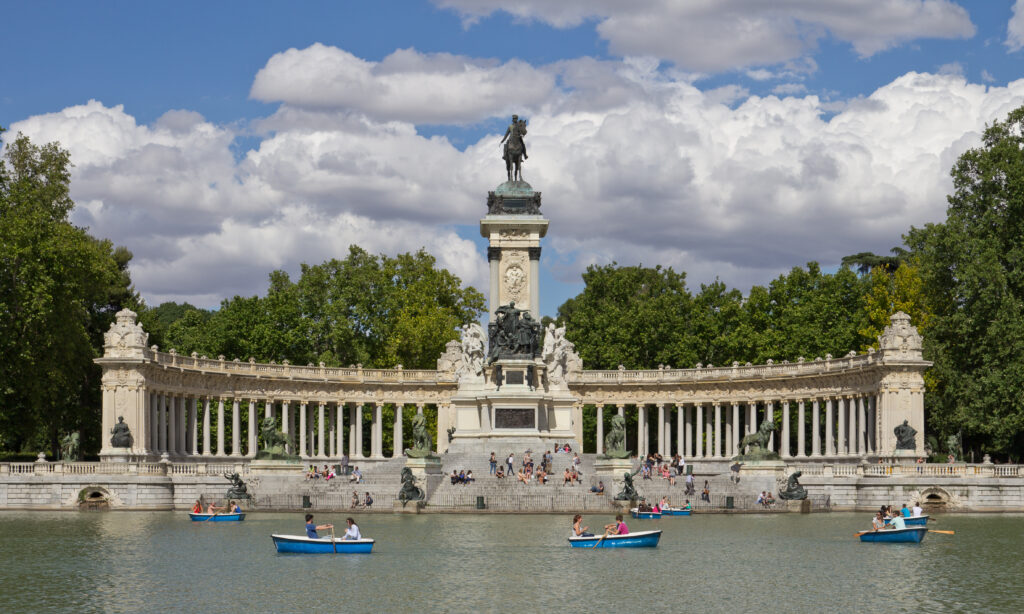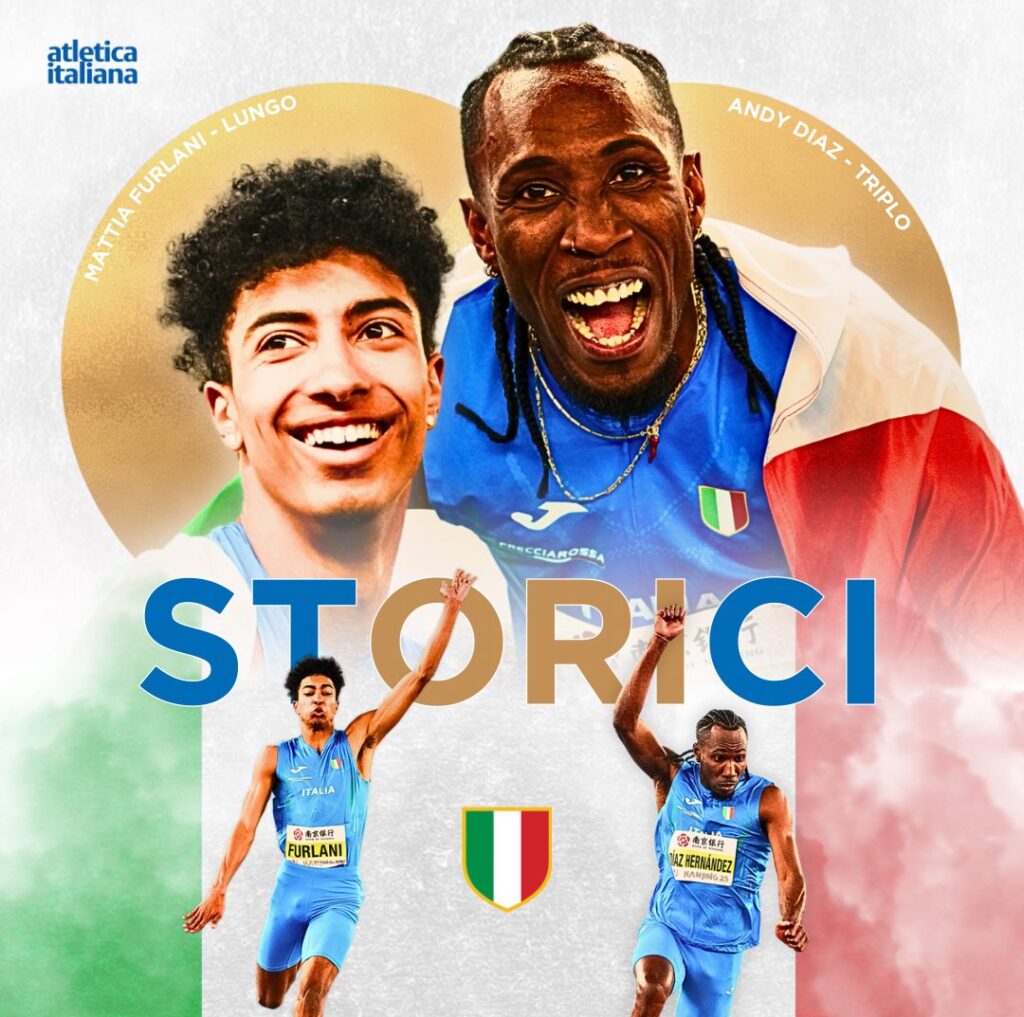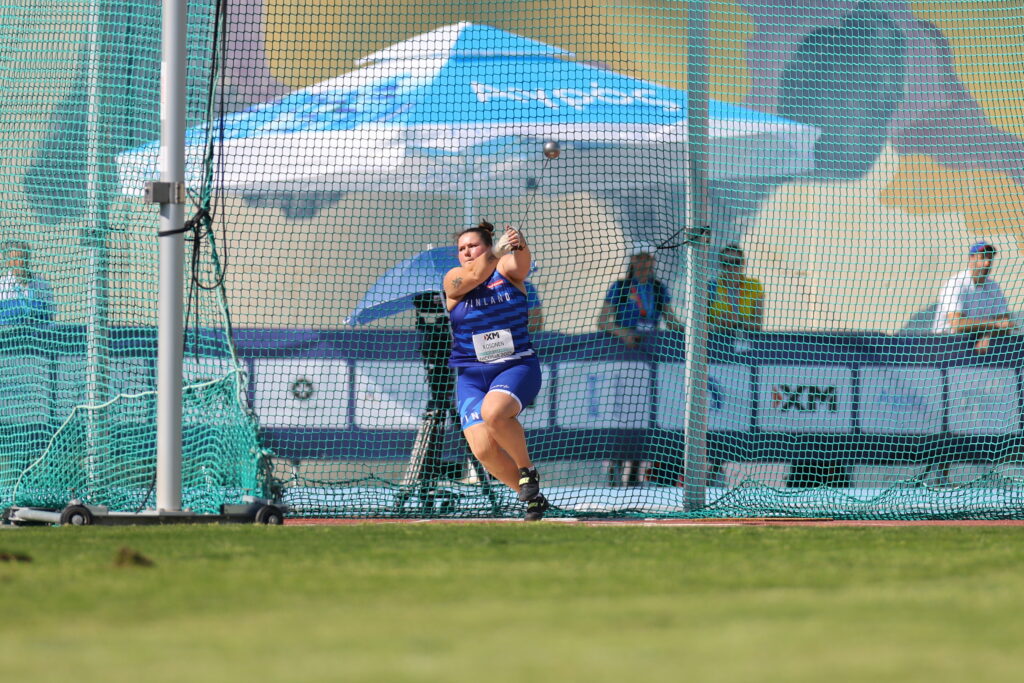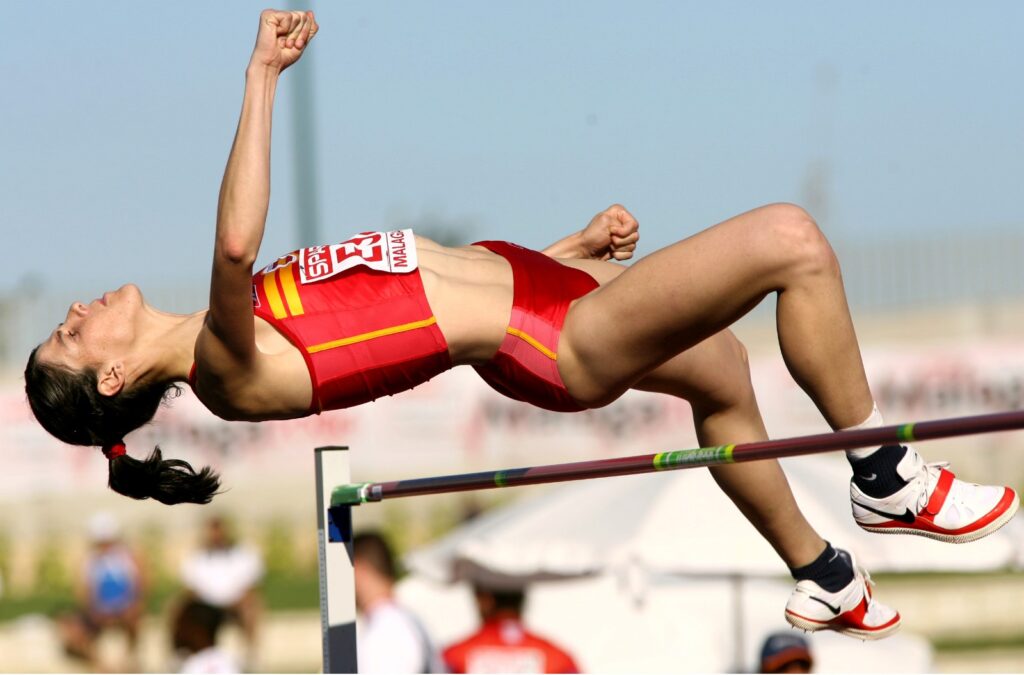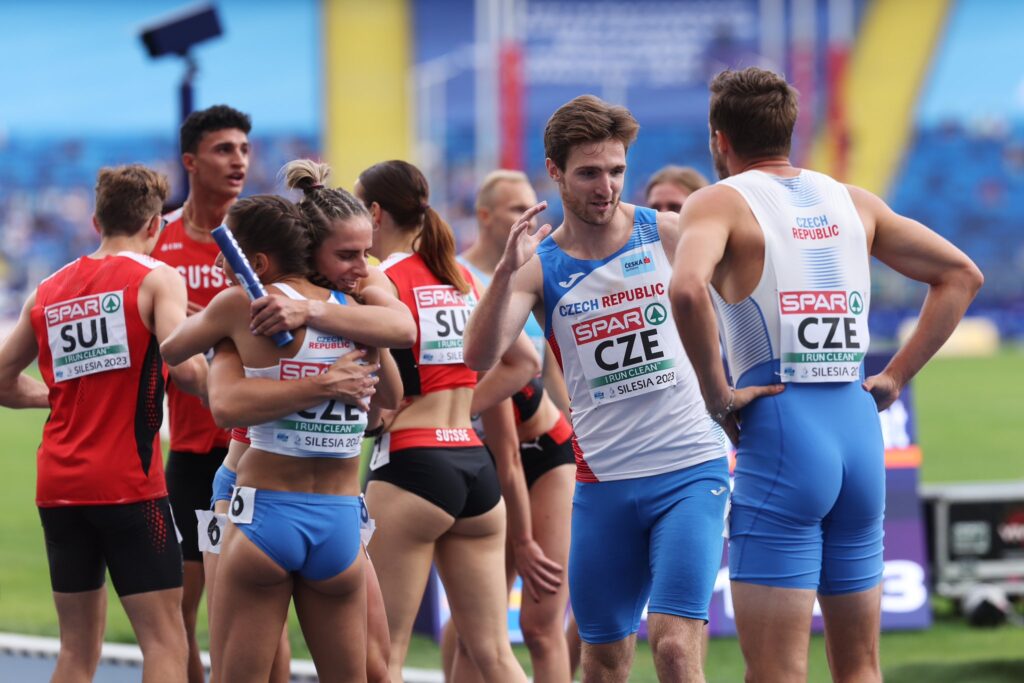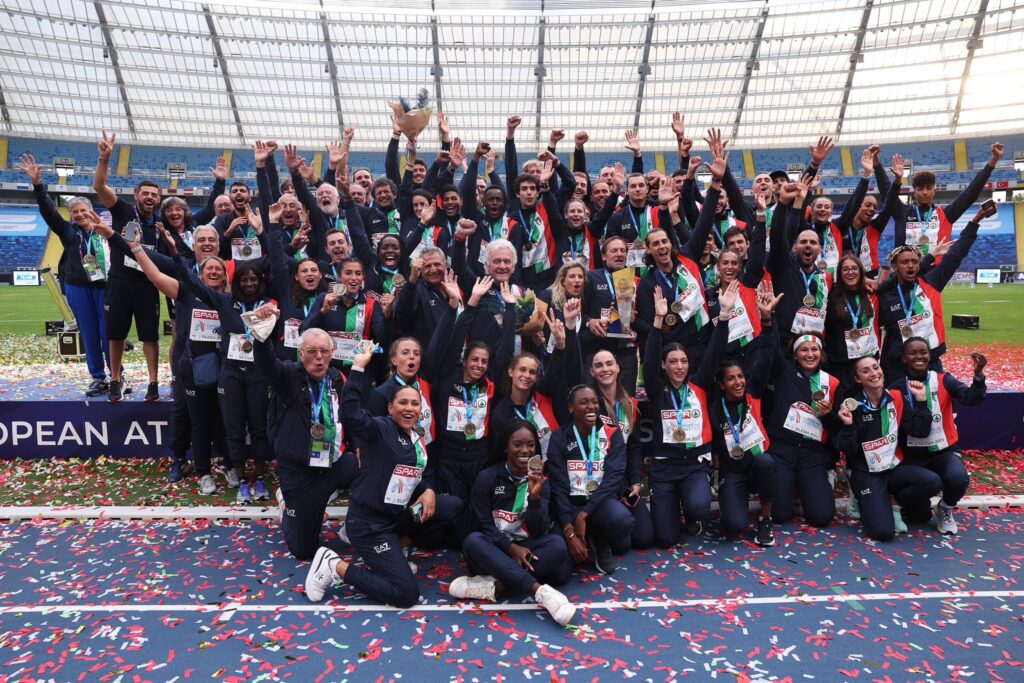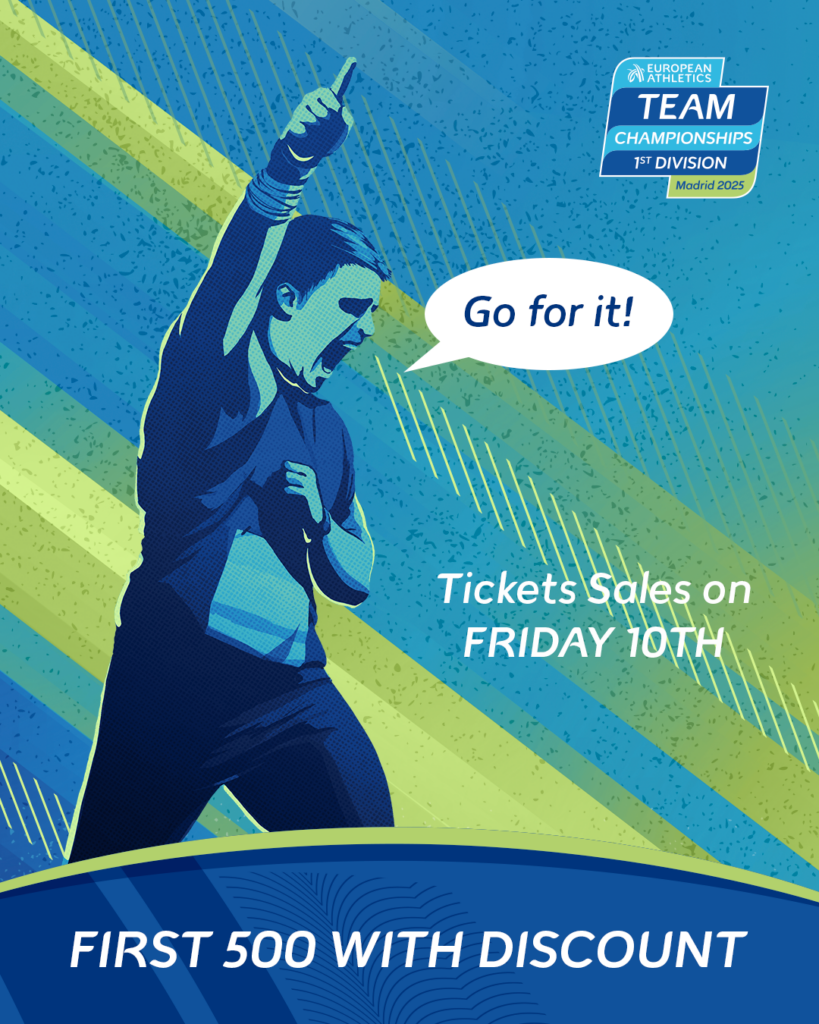Four months ahead of Madrid 2025, we take a look at some of the greatest legends of European athletics who have shone over the 60-year history of the competition.
With just four months to go until the European Team Championships in Madrid, the continent’s best athletes will once again write history at Vallehermoso Stadium. The competition, which celebrates its 60th anniversary in 2025, has witnessed remarkable performances over the years. We look back at the greatest achievements of 12 legendary athletes who left their mark on the European Team Championships and its predecessor, the European Cup, which ran from its first edition in 1965 until 2008.
Great Britain: Linford Christie and Paula Radcliffe
Few athletes embody the spirit of the European Team Championships better than British sprinter Linford Christie. In the late 1980s and throughout the 1990s, he secured more individual victories than any other athlete in the history of the European Cup. Christie claimed 17 individual event wins across eight editions between 1987 and 1997, during which Great Britain never missed the team podium. His victories in the 100m and 4x100m relay in 1989 were crucial in securing Britain’s first title in the competition’s history. He played a key role again in 1997, when Britain won its second title. At the Munich edition, Christie won both the 100m and 200m, tying his own European Cup record of 10.04 seconds in the 100m—a record that remains unbeaten 28 years later.
Another iconic figure in the European Cup was the legendary Paula Radcliffe, who made her mark before transitioning to marathon running and setting a world record that stood for over 15 years. She earned her first victory in the competition in 1998 in Saint Petersburg, winning the 5000m. A year later in Paris, she defended her title with a European Cup record of 14:48.79, saving Great Britain from a disastrous relegation. Radcliffe’s third and final European Cup victory came in 2004 when she had already established herself as a world record holder in the marathon. However, her British and European Cup record of 14:29.11 was not enough to prevent Great Britain from being relegated from the Super League.
Germany: Harald Schmid and Christina Obergföll
Harald Schmid is a true legend of European and German athletics and one of the earliest stars of the European Cup. He claimed his first victory in the 4x400m relay in 1977 at just 19 years old. Over the next decade, he secured seven more wins in the 400m, 400m hurdles, and the German long relay. His most memorable performance came in 1979 when he completed a remarkable treble and set a European Cup record in the 400m hurdles with a time of 47.85 seconds. Despite his achievements, Germany finished third in that edition.
While perhaps not as widely known to the general public, javelin thrower Christina Obergföll played a crucial role in Germany’s dominance in the European Team Championships over the last decade, helping secure five titles. She won six editions of the event, contributing to Germany’s three championship victories (2009, 2011, and 2013), a runner-up finish by just one point, and two third-place finishes. Her most outstanding individual performance came in Munich in 2007 when she set a new German javelin record with a throw of 70.20m, though it was only enough to secure bronze for the national team.
Italy: Pietro Mennea and Fiona May
Despite being the reigning champions, Italy has historically not been one of the most dominant teams in the European Cup—until recent years. However, the country has produced some outstanding athletes who have made a lasting impact on the competition. Among them, the most iconic is sprinter Pietro Mennea, whose European 200m record has stood since 1979. Although not the most decorated in the European Cup, Mennea’s brilliance was undeniable. He claimed two victories in the competition: in 1975, winning the 200m with a championship record of 20.42 seconds, and in 1979, winning the 100m. However, in both editions, Italy finished last in the team standings.
In the women’s competition, jumper Fiona May played a key role for over a decade in helping Italy remain in the Super League, preventing the team from becoming an up-and-down competitor. In 1997, she secured the first of her four victories, helping Italy achieve a historic fourth-place finish. A year later, she won both the long jump and triple jump, securing Italy’s survival in the competition at the last minute. She repeated the feat in 1999, winning the long jump and finishing third in the triple jump. However, upon her return to competition after becoming a mother, she was unable to prevent Italy’s relegation in 2003 despite finishing third in the long jump.
Poland: Adam Kszczot and Irena Szewinska
In the past five years, Poland has emerged as one of the dominant forces in European athletics, winning two European Team Championships in 2019 and 2021. One of the key figures in this “Polish revolution” was 800m specialist Adam Kszczot, who played a decisive role in Poland’s historic victory in Bydgoszcz 2010 with his individual win. This was his third victory in the competition, having previously won the 800m in 2011 and 2013, helping lay the foundation for Poland’s rise to the continental podium.
Half a century earlier, when the European Cup was first established, Irena Szewinska was one of the first female superstars of European athletics. A seven-time Olympic medalist, she contributed to Poland’s podium finish in the inaugural edition in Kassel in 1965, winning the 4x100m relay. Over the years, she added four more victories to Poland’s tally, helping her nation remain competitive against the dominant Eastern European teams. She claimed a double victory in the 100m and 200m in 1967, set a European Cup record of 50.50 seconds in the 400m in 1975, and won the 200m again in 1977. To this day, Szewinska is regarded as the greatest Polish athlete in history.
France: Marie-José Pérec and Renaud Lavillenie
Few athletes on the oval track are as well known to the general public as French three-time Olympic champion Marie-José Pérec (400m in Barcelona 1992 and the 200m-400m double in Atlanta 1996). Despite her Olympic success, she also performed remarkably in the European Cup, even though France never finished in the top three as a team during her tenure.
In the 1991 edition in Frankfurt, Pérec won the 400m with a time of 49.32, securing maximum points for France, which ultimately finished fifth. In 1993 in Rome, she did not win an event but contributed more points than in the previous edition, finishing second in both the 100m (11.27) and 200m (22.30), helping France place sixth overall.
In 1995, showing her versatility, she ventured into the 400m hurdles. One of her races in this event took place at the European Cup, held on home soil in Villeneuve d’Ascq. She won in 54.51, nearly leading Les Bleus to the podium—they finished fourth. That race took place on June 24. Later that summer, she set the French record (53.21) in Zurich, finishing second at the Weltklasse meeting after winning in Paris and the prestigious Bislett Games in Oslo. A true star.
Pérec made her final European Cup appearance in 1996 in Madrid, winning the 200m in 22.34, less than two months before her stunning Olympic double victory. France finished fifth in the team standings.
On the men’s side, France boasts another legendary figure in the European Team Championships: Renaud Lavillenie. No pole vaulter in history has won more times in this competition than the former world record holder—six victories in total.
The 2012 Olympic champion made his European Cup debut three years earlier, in Leiria. And he made an immediate impact, setting a championship record (and a new French national record) with a clearance of 6.01m, leading France to third place.
In 2010 in Bergen, he won again with 5.70m, though France finished fourth. At the 2013 edition in Gateshead, Air Lavillenie cleared 5.77m as France placed fifth. The winning streak continued in Braunschweig in 2014, where he jumped 5.62m, helping France climb one spot to fourth. His final two victories came in Cheboksary 2015 (5.85m) and Villeneuve d’Ascq 2017 (5.80m), both contributing to France securing two team bronze medals.
Spain: Ruth Beitia and Manuel Martínez
Spain’s greatest athlete in history is, of course, the most decorated Spanish competitor in the European Team Championships. 2016 Olympic champion Ruth Beitia competed 14 times in the event (8 under the European Cup format and 6 in the current format), from Vaasa 2001 to Cheboksary 2015. Her incredible performances amassed 113.5 points—more than any other Spanish athlete.
She won in Leiria 2008 (First Division) and Cheboksary 2015, finished second in Vaasa 2001 (First Division), Seville 2002 (First Division), Florence 2003 (Super League), Gävle (First Division), Malaga 2006 (Super League), and Munich 2007 (Super League). She placed third in Stockholm 2011 and Braunschweig 2014. Her 11 podium finishes helped Spain win the First Division in 2002 and 2008.
In the men’s category, another Olympic medalist, Manuel Martínez (bronze in Athens 2004), stands out as the greatest shot putter in Spanish athletics history. He made his European Cup debut in Rome in 1993 and competed for the last time in Leiria in 2009—16 editions in total, more than any other Spanish male athlete. Only Beitia accumulated more points than his 107.
Martínez won four times: twice in the First Division (Valencia 1994 and Seville 2002) and twice in the Super League (Bremen 2001 and Florence 2003). He also finished second in Florence 2005 (Super League), Malaga 2006 (Super League), and the inaugural edition of the European Team Championships in 2009, where men and women competed together. He secured third place in Munich 1997 (Super League), Saint Petersburg 1998 (Super League), Baerum 2000 (First Division), Istanbul 2004 (First Division), and Vaasa 2007 (First Division).
His remarkable consistency over 15 years saw him finish seventh once, fourth three times, third five times, second three times, and first four times. His longest throw during this period—21.08m—came in Florence in 2003. With Martínez on the team, Spain won the First Division in Valencia 1994, Baerum 2000, Seville 2002, Istanbul 2004, and Vaasa 2007.
